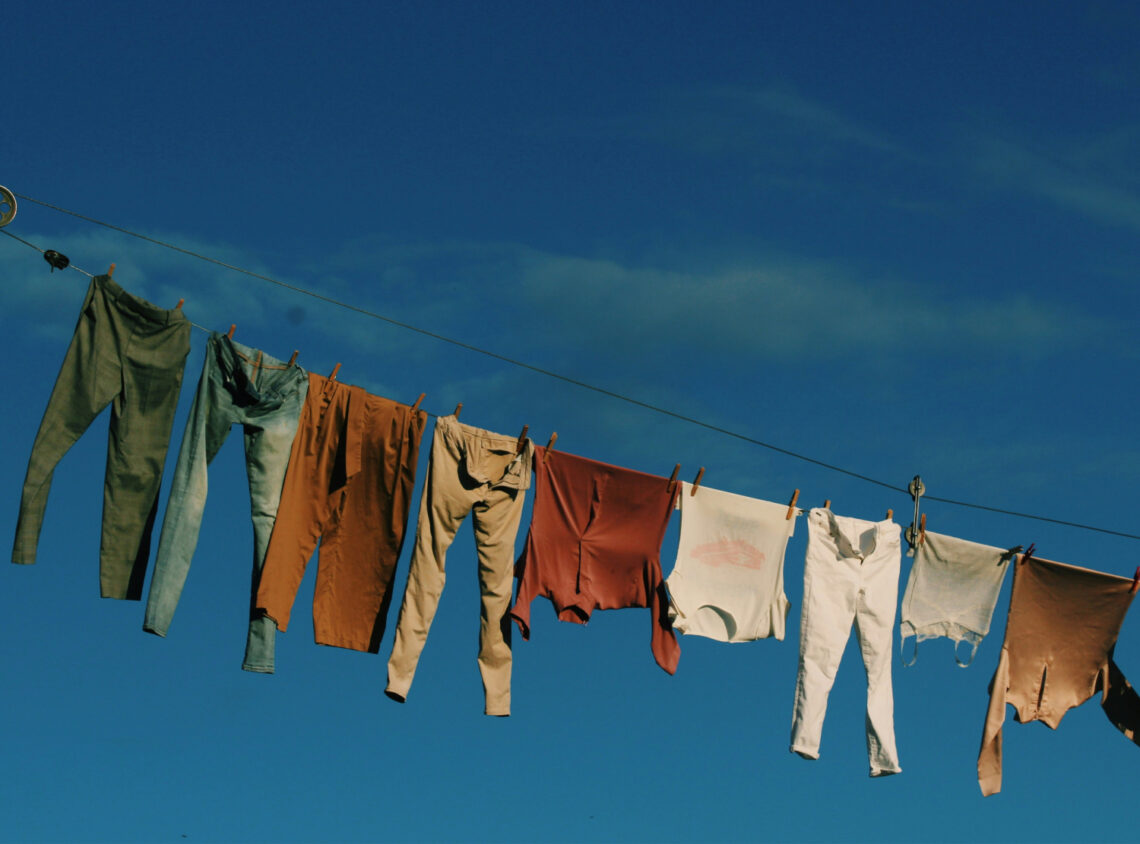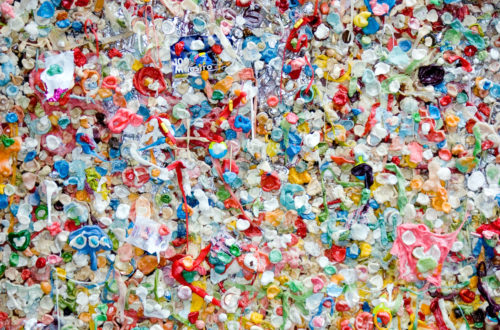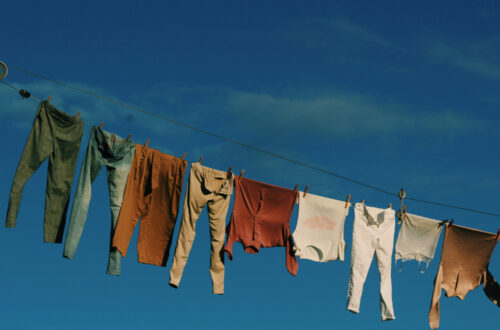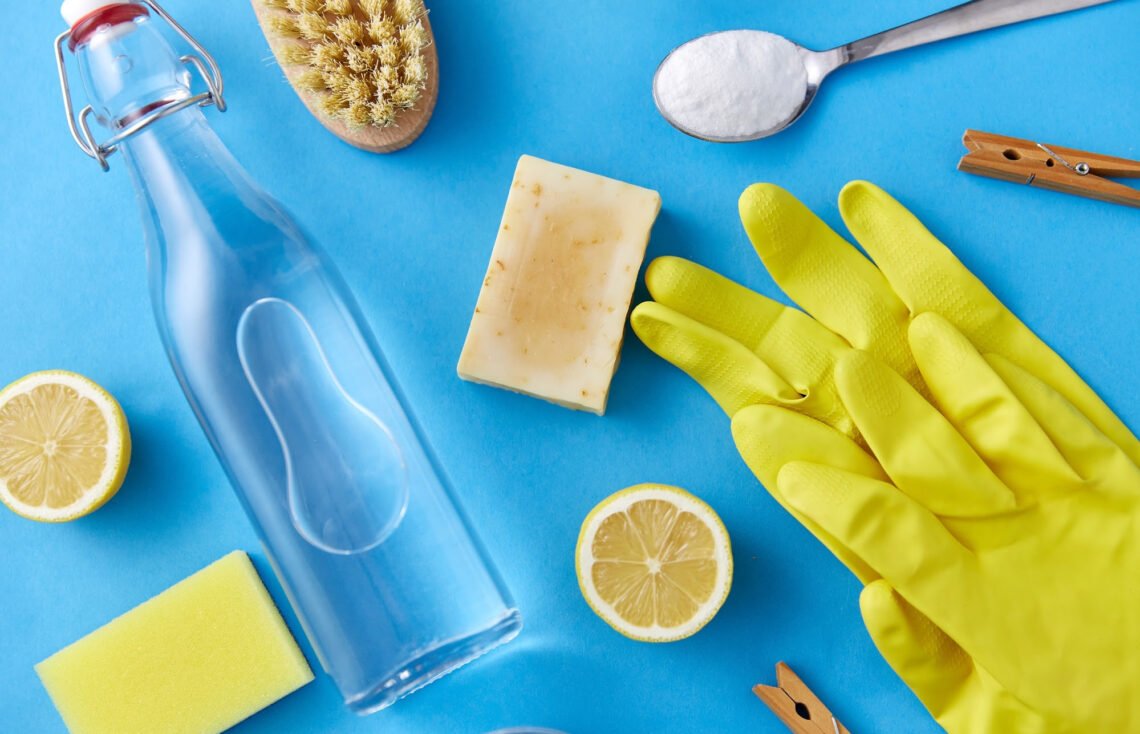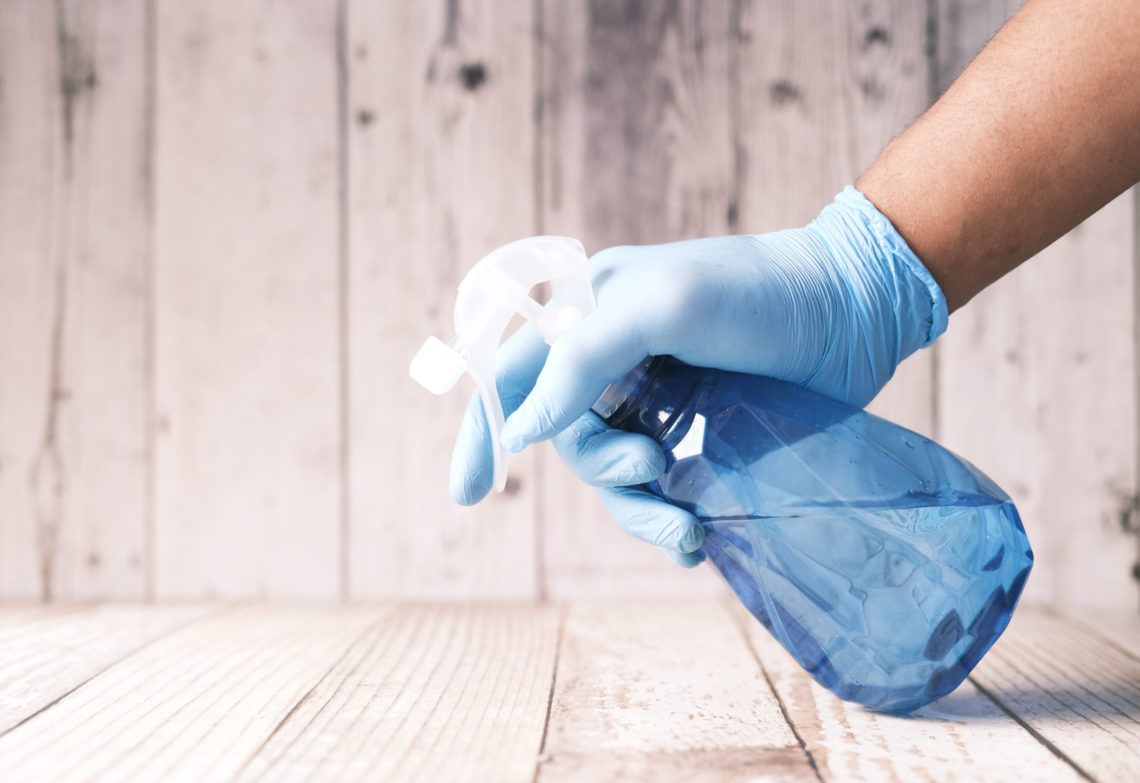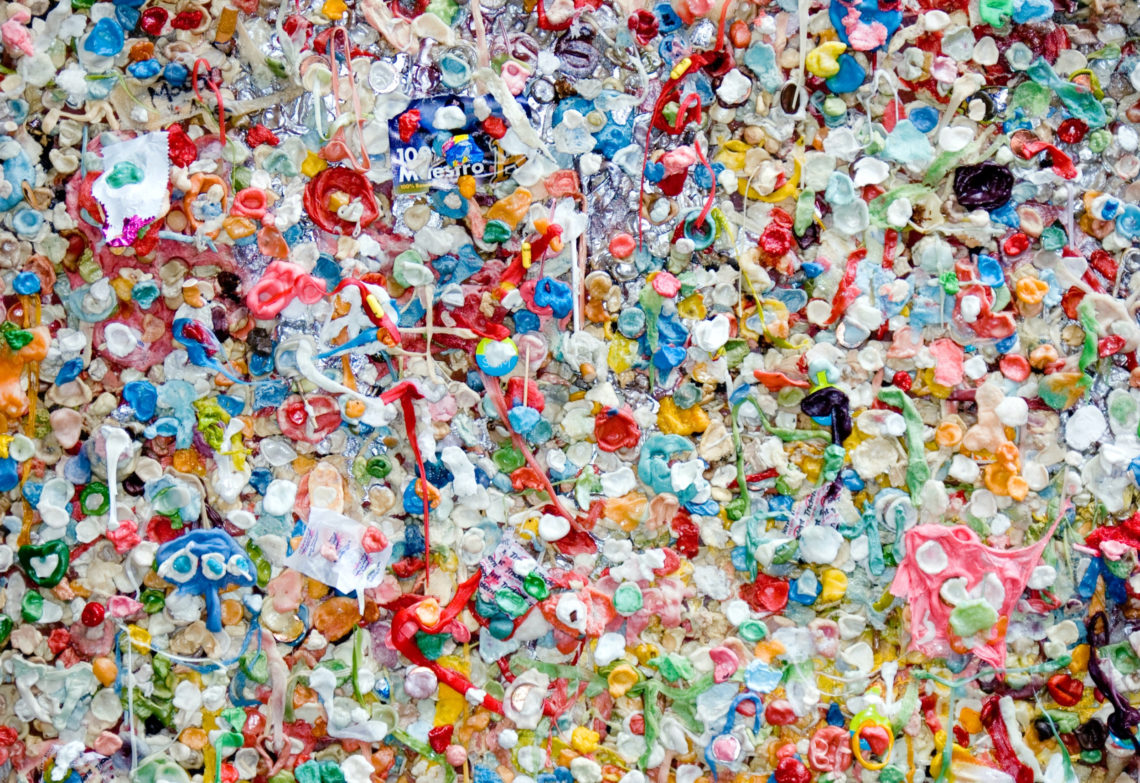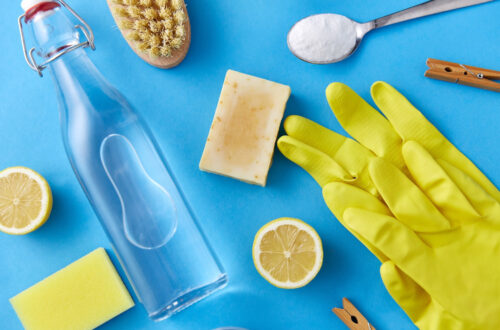The connection between fitness and environmental health is often overlooked, but it’s crucial for understanding how the health of our planet directly affects our own well-being. As athletes and health-conscious individuals, we often focus on optimizing our performance and physical health, but we may overlook how environmental factors—such as pollution, climate change, and food production systems—can impact our bodies, fitness, and overall performance. In this post, I’ll explore the connection between the environment and fitness, and offer practical tips on how to reduce your carbon footprint while improving your health through sustainable fitness practices. How environmental factors affect health and fitness Pollution and air quality One of the most immediate…
-
-
Best Non-Toxic and Zero Waste Cleaning Products
Over the years, I’ve made a conscious effort to reduce the toxins in my home and cut down on plastic waste. One of the biggest changes I’ve made is switching to non-toxic and zero-waste cleaning products. I was shocked to learn that many conventional cleaners contain chemicals like phthalates (linked to endocrine disruption) and ammonia (which can cause respiratory issues) (CDC, 2021). If you’re looking to create a healthier, more sustainable home, I’ve put together my favorite non-toxic and zero-waste cleaning products that actually work. These options are safe for you, your family, and the environment—and I’ve included links to where you can buy them so you can grab them…
-
Lessons from Spring: Motivation, Renewal & Spring Cleaning Tips
Spring is more than just a season—it’s a time of renewal, growth, and transformation. As the days grow longer and temperatures rise, many of us experience a shift in energy, motivation, and mindset. This is why spring motivation and cleaning go hand in hand. But why does this happen? And how can we harness this natural inclination toward productivity and change? In this post, we’ll explore the psychological and physiological reasons behind spring motivation and cleaning, the valuable life lessons this season teaches us, and practical tips to refresh your space and mindset. Also read: 15 Ways to Reset, Renew and Reinvent Yourself Why we feel more motivated in the…
-
12 Tips for nontoxic and ecofriendly laundry
Washing and drying clothes significantly impact the environment, primarily through the consumption of water and energy. Conventional washing machines use up to 40 gallons of water per load, contributing to water scarcity in many regions. The energy required to heat water and power washing machines and dryers generates a substantial carbon footprint. The release of microfibers from synthetic fabrics during washing exacerbates pollution in waterways. These microplastics bypass sewage treatment plants and accumulate in oceans, harming marine life and entering the food chain. According to a study published in Environmental Science & Technology, an estimated 1.7 million tons of microfibers are released annually from washing clothes, underscoring the need for…
-
DIY Lavender Bergamot Laundry Detergent
Making your own laundry detergent offers several benefits, both practical and environmental. Firstly, it can lead to significant cost savings. Commercial laundry detergents can be expensive, especially for large households or those with specific laundry needs, such as hypoallergenic or eco-friendly products. By making your own detergent at home, you can purchase basic ingredients like the ones in this recipe in bulk and reduce the overall cost per load significantly. This DIY approach can stretch your budget further, allowing you to allocate savings to other household needs. In addition to financial benefits, homemade laundry detergent is often better for the environment. Many commercial detergents contain harsh chemicals, artificial fragrances, and…
-
Maximizing athletic performance: How reducing exposure to toxins can make a difference
Read time: 6 minutes, 15 seconds. Reducing exposure to toxins is important for both health and athletic performance. Exposure to environmental toxins, such as pesticides, heavy metals, and air pollution, can have negative effects on the body, including damage to organs, impaired immune function, and inflammation. These effects can ultimately impact athletic performance, causing decreased endurance, reduced strength, and slower recovery times. By reducing exposure to toxins, athletes can help protect their bodies from harmful effects, allowing for optimal performance and overall health. Additionally, reducing exposure to toxins can lead to improved respiratory and cardiovascular health, which are critical for endurance and performance in many sports. By making conscious choices…
-
7 Eco-Friendly Clothing Tips for Women
Why Do We Need Eco-Friendly Clothing? Pollution is present in every phase of garment manufacturing making the fashion sector the second most environmentally unfriendly industry in the world behind the petroleum sector. Most of the textiles used in making garments are made with a variety of harmful pesticides and synthetic fertilizers. In fact, the National Resources Defense Council estimates that 20,000 chemicals are used by textile mills to make clothes. Then of course there’s another slew of chemicals used to clean the garments via laundry and dry cleaning. And at the end of the garment’s life, those out-of-commission textiles end up in landfills or worse, break down into microfibers and…
-
Common Endocrine Disrupting Chemicals
Hormones are chemical messengers that play a significant role in many biochemical pathways in humans. Every single cell in our body has specific receptors (or binding sites) that respond when a hormone compound connects to it. We can think of the hormone as a key, and the receptor on the cell is the lock. The key unlocks the lock and opens a door that corresponds to a certain cellular function. For example, when cortisol, also known as the stress hormone binds to a cell membrane, a “door” opens which allows for a surge of energy in the form of glucose to flood into that cell. This surge of energy…
-
“How to Avoid Microplastics?” 3 Easy Steps
If you are looking for ways to reduce and avoid microplastics in your daily life you have come to the right place. Let’s get started right away. Hopefully, by now you know that plastic pollution is a huge environmental issue wreaking havoc on our planet these days. A subtopic of plastic pollution that is gaining popularity and is considered an “emerging contaminant” is microplastics. These tiny particles are plastic pieces that are less than 5mm in size (think the size of a sesame seed). One type of microplastics that I’m especially concerned with these days is microfibers. These fibers often referred to as lint, are released from synthetic clothing every…
-
10 Tips for an Eco Friendly Kitchen
Having a more eco friendly kitchen is often associated with SAVING some green in your wallet so it’s a win-win for you, your bank account and the environment. Here are 10 ways you can incorporate green practices when you’re whipping up those Healthy Green meals. 1. Use fabric or unpaper towels instead of paper ones. Drying your hands while cooking or cleaning your counters with paper alternatives is a great way to reduce paper use in the kitchen. Sustainable materials such as hemp and linen are great alternatives because they are more absorbent than cotton. They also have anti-microbial and anti-fungal properties. That means they won’t start to smell like…
-
15 Eco Friendly Companies that Support Trees
Deforestation is a global environmental problem that not only destroys ecosystems, but it can also have long-term economic impacts. Luckily, there are a handful of eco friendly companies that are doing their part to restore these important ecosystems by planting trees for items purchased. Here are some of my favorites: 1. TenTree (Sustainable Apparel) This is one of my favorite places to buy apparel because 10 trees are planted for every item purchased. Each item comes with its own unique code which allows you to track the trees that were planted due to your purchase. All of their apparel is made from sustainable materials and every piece that I own…







